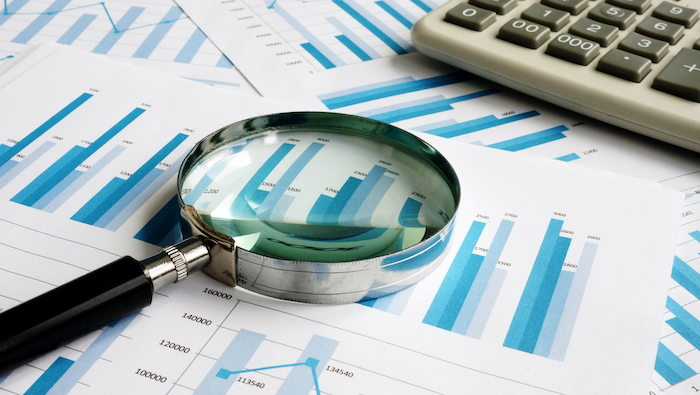“Unprecedented times” is one of those terms that has been tossed out a lot recently. But now, with the lockdowns ending, economists have said that we are either headed for a recession… or that we are about to see “the best economic data in the history of this country.”
Deciphering Mixed Messages: Planning Cash Flow for the Best (and Worst) of Times
As the world begins to enter reality after two months of lockdowns, what’s next? Some people are predicting this as the beginning of an extended recession.
Others, including a former Obama economic adviser, said that in the coming months that “we are about to see the best economic data we’ve seen in the history of this country.”
So, which is it? Are we going into the worst-case scenario, the best-case scenario, or somewhere in between? How can you calculate your runway when everything is unpredictable? Plan for everything.
Scenario Planning—Planning for the Unknown
In a recent blog discussing your financial checklist for reopening with momentum, we noted the importance of calculating your runway, noting that “Calculating runway should blend optimism with wariness, and you should consider a variety of scenarios for the next year.”
But what are some of scenarios should you look at? How can you blend conservatism with optimism? A recent article in AccountingWEB had the answers.
Things Change; Things Stay the Same
Consider the following two statements:
- Throughout the pandemic, businesses have been challenged by immediate term liquidity issues, medium-term operational concerns and long-term business model viability. Everything has changed and many are waiting to see how things shuffle out.
- Every day throughout the pandemic and every day until 2029, 10,000 people will turn 65 every single day. As they look to transition away from business owner to business seller, these people are going to work hard to extract every single penny from the business, meaning that over the next decade, we can expect significant investment in business assets. This hasn’t changed. It’s not going to change.
Both of these statements can be true at the same time.
Planning for the Unknown: The Rolling 13-Week Cash Flow
It’s funny how the pandemic and associated lockdowns are expected to last just about one quarter. Things went haywire around March 15 and got serious around April 1. Things will start getting back to normal on June 15 and the pivot to fully operational is expected to happen around July 1.
As noted in the AccountingWEB Article, “There is something magic about 13 weeks, it is one-quarter. It is a period of time long enough for trends to become apparent, but short enough to spot inconsistencies and correct course.”
In this, author Edward Webb, Corporate Financing Consulting Partner at BPM LLP, recommends that recovery begins with planning the next 13 weeks. Using your balance sheet, income statement, and statement of cash flows, you should be able to plan your cash flow for the next 13 weeks using the following:
- Historical Financials (three years preferable)
- Detailed Operating Data
- Estimates of Future Performance
- Identified Alternate Scenarios
- Detailed Inflows and Outflows
- Employee Information (Increases and Decreases)
- Other Balance Sheet Information
Webb notes,
“Cash flow forecasting also requires some estimates of future performance – both company-specific and the broader economy. When coupled with a firm understanding of historical relationships from the company’s financial data, the estimates can take shape into a forecast iteration. This makes even more sense when informed by detailed operating data and expected changes in operation.”
These are important, as they can provide “[a] kind of an insurance policy against catastrophic oversight and a tool to help match the capital availability they offer with the true capital needs of the company.”
Testing the Waters: How a Sensitivity Analysis Can Reduce Risk
One of the most important concepts in approaching the coming 13 weeks is to assume a variety of scenarios through the use of a sensitivity analysis. The sensitivity analysis is meant to answer, “how do you expect things to go and what does each one mean?” In your sensitivity analysis, you can use a broad range of predictive inputs or assumptions to determine expected outcomes.
Sensitivity analyses are generally conducted in groups and might look like: “best case,” “likely case” and “worst case.” These three iterations, when viewed together, will provide perspective and insight for users of the forecast.
As a controller, one of the most important things Webb notes is the importance of an unbiased and detached look at the numbers, and a sensitivity analysis relies on the following:
- A foundation for analysis provided by executives and owners.
- A meaningful estimate of future performance from key stakeholders.
- A detached perspective that can only come from an unbiased third party.
Plan Your Next Steps: Controllers Council Presents Controller’s Roundtable–Changing Roles and Priorities
Controllers Council will host a webcast with our esteemed Board of Advisors to share insight into how each has managed during this pandemic, how roles and responsibilities have changed, and what are new priorities for Controllers now and in the near future. Watch now.




